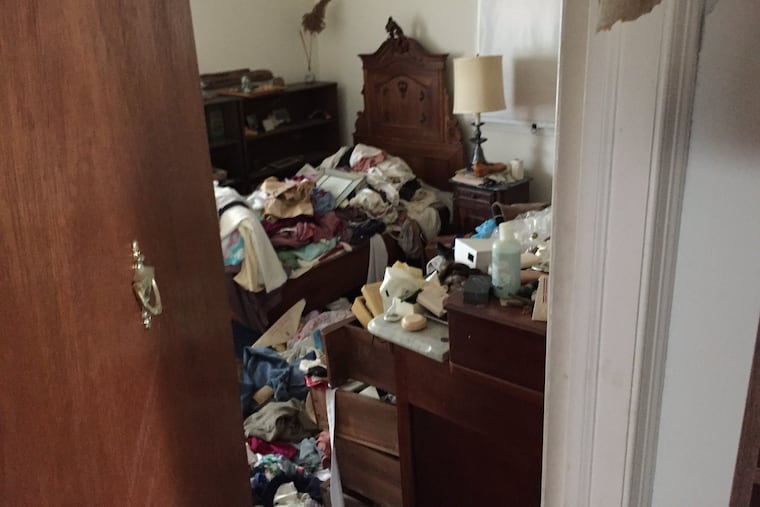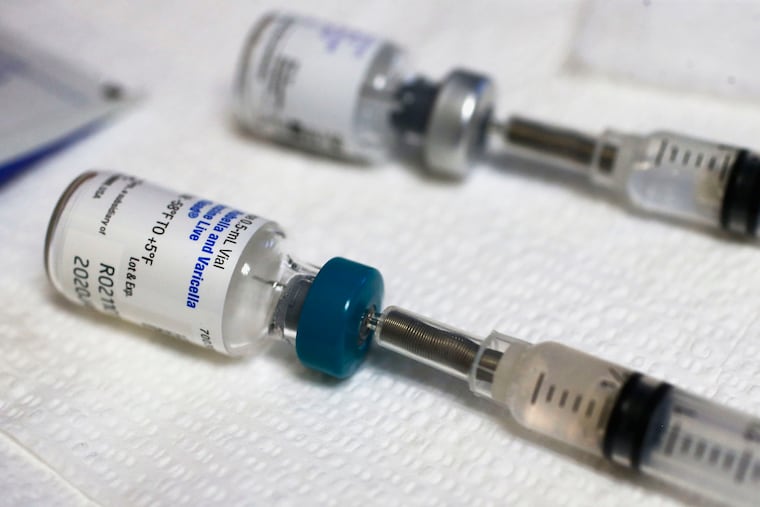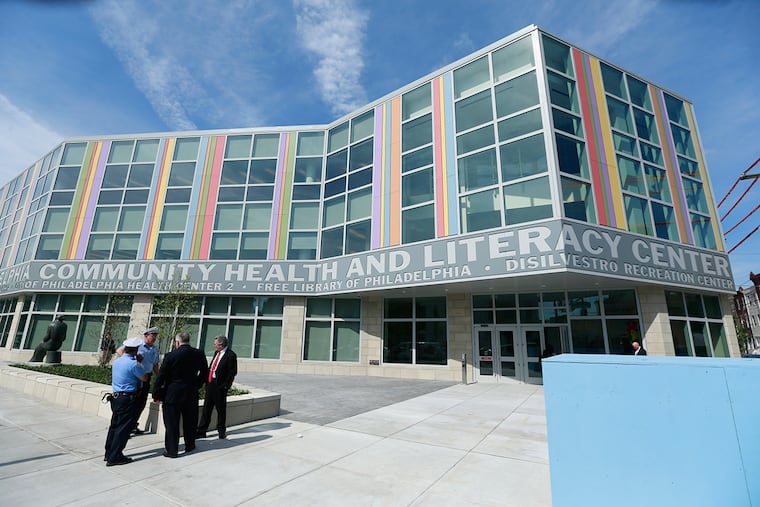Fireworks killed at least 5 people in 2018. Here’s how to stay safe.
One man died after attempting to launch a mortar shell from a tube on his head.

- WIP morning show losing its longtime producer amid Audacy layoffs
- Hundreds of former federal workers have applied for Pennsylvania state government jobs amid DOGE layoffs
- Professor sues William Paterson University after priceless, rare fossils were dumped in a landfill
- Josh Shapiro says Chuck Schumer should have used ‘leverage’ in government shutdown fight
- Phil Martelli Sr. will watch his son Phil Jr. coach in the NCAA Tournament: ‘Stressful is the right word’
Live Updates
Link copied to clipboard
Link copied to clipboard
Link copied to clipboard
Link copied to clipboard
Link copied to clipboard
Amanda Swain, For The Inquirer
Link copied to clipboard
Deborah Derrickson Kossmann, For The Inquirer
Link copied to clipboard
Felice J. Freyer, KFF Health News
Link copied to clipboard
Sarah Boden, KFF Health News
Link copied to clipboard
Sandra G. Boodman, Washington Post
Link copied to clipboard
Matthew Daly, Associated Press
Link copied to clipboard
Link copied to clipboard
David Hilzenrath, KFF Health News, and Jodie Fleischer, Cox Media Group
Link copied to clipboard
Link copied to clipboard

























